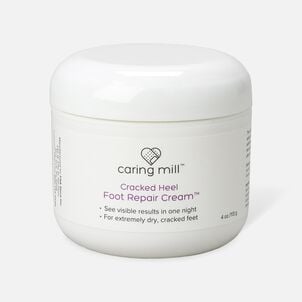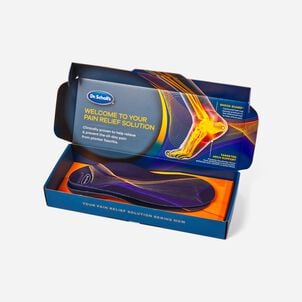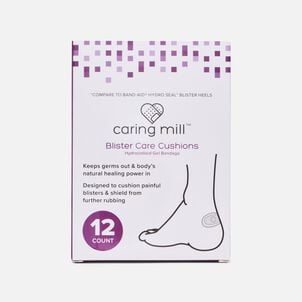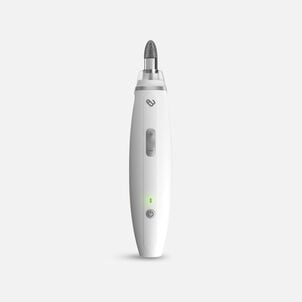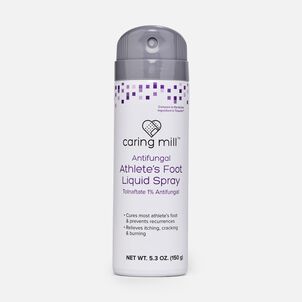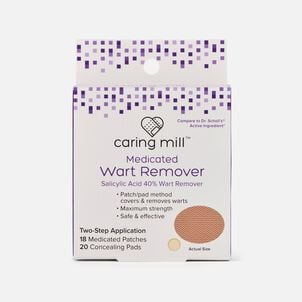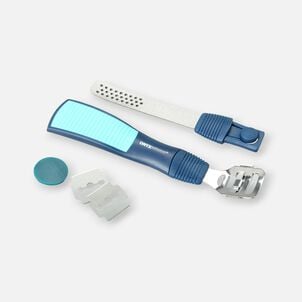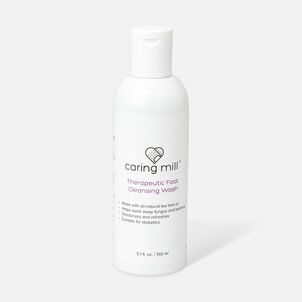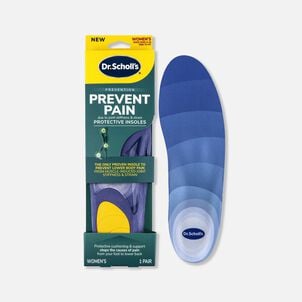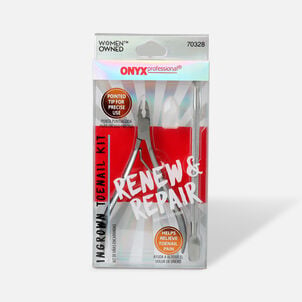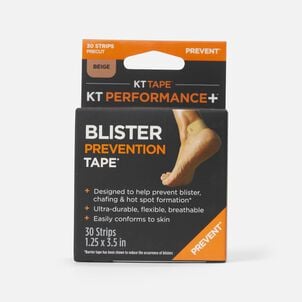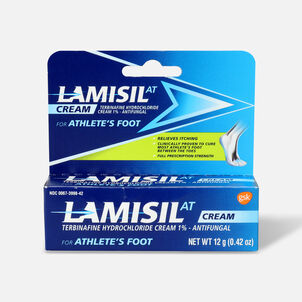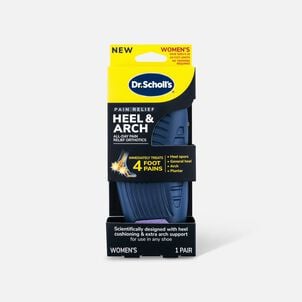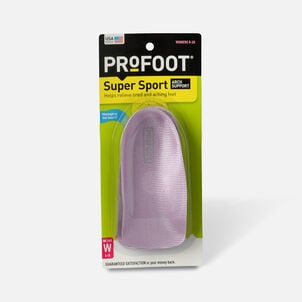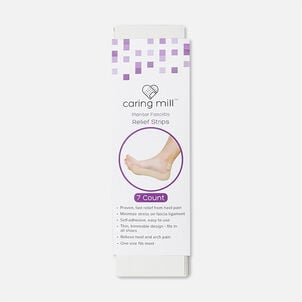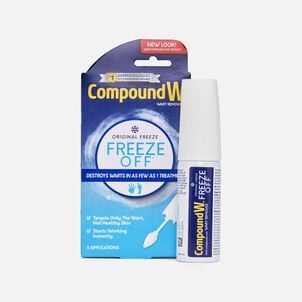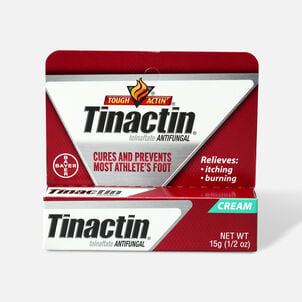The Complete HSA Eligibility List
Here it is — the most-comprehensive eligibility list available on the web. From A to Z, items and services deemed eligible for tax-free spending with your Flexible Spending Account (FSA), Health Savings Account (HSA), Health Reimbursement Arrangement (HRA) and more will be here, complete with details and requirements. Important Reminder: HSAs, FSAs, HRAs and other account types listed may not all be the same. Be sure to check with your administrator to confirm if something is eligible before making a purchase.
Here it is — the most-comprehensive eligibility list available on the web. From A to Z, items and services deemed eligible for tax-free spending with your Flexible Spending Account (FSA), Health Savings Account (HSA), Health Reimbursement Arrangement (HRA) and more will be here, complete with details and requirements. Important Reminder: FSAs, HRAs and other account types listed may not all be the same. Be sure to check with your administrator to confirm if something is eligible before making a purchase.
Orthotics: HSA Eligibility
Orthotics: eligible with a Health Savings Account (HSA)HSA Eligible Foot Care
Compare to active ingredient in Tinactin Athlete’s Foot Liquid Spray
Compare to Active Ingredient in Dr Scholl’s Medicated Wart Patches
Compare to active ingredient in Gold Bond Medicated Maximum Strength Foot Powder
What are orthotics?
Orthoses refer to externally applied devices used to modify the structural and functional characteristics of the neuromuscular and skeletal system. An orthotics can be used to guide or immobilize an extremity, joint, or body segment. Foot orthoses include custom made inserts or footbeds fitted into a shoe to provide support for the foot by redistributing ground reaction forces while realigning foot joints when standing or walking (American Orthopaedic Foot and Ankle Society).
Orthotic shoe devices are typically made up of molded pieces of rubber, leather, metal, plastic, or other synthetic material that are inserted into a shoe. You should consult a medical professional to better understand which orthotic to purchase.
Why would you use an orthotic device?
People who suffer from conditions such as cerebral palsy or spinal cord injury may benefit from an orthosis. It can also be used for people who are on their feet often or to optimize performance in athletics. Orthotic devices can be used to align and support the foot or ankle, prevent or correct foot deformities, and improve overall function of the foot or ankle.
A wedge inserted into the inner side of the sole of a shoe can help support people with flatter feet and reduce the risk of tendinitis. An ankle foot brace can relieve the pain of arthritis in the heel or ankle. A heel flare provides support and reduces the risk of ankle sprains. Heel cushions absorb impact and relieve stress on the foot and ankle when walking (American Academy of Orthopaedic Surgeons).
Should you get a custom-molded orthotic device?
You can purchase a foot pad or heel insert Over-the-Counter (OTC), or get an individually designed insert made through computerized foot analysis. Custom orthoses are more expensive than off-the-shelf devices but can last much longer and provide more support or correction and they reflect the dynamics of your gait.
Before investing in a pair of custom-made orthotics, give good-quality non-prescription orthotics a try. Several different orthotic devices might be effective for the specific problem you are trying to solve. You can test the effectiveness of each one without great expense, and before coming to a conclusion on whether you need a more durable custom device (PainScience.com).


